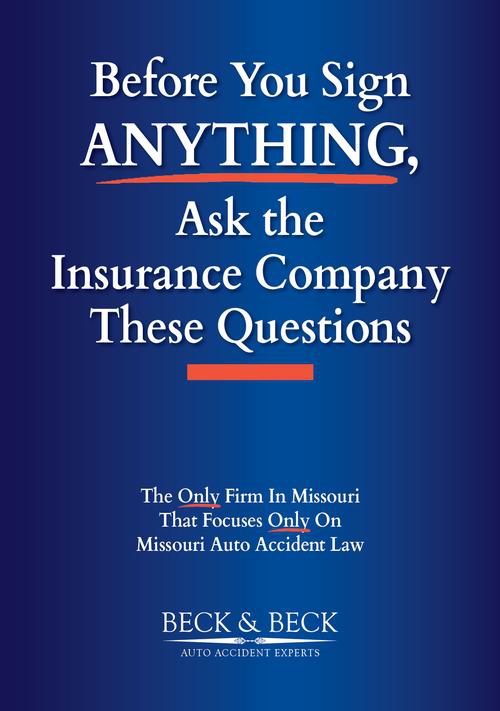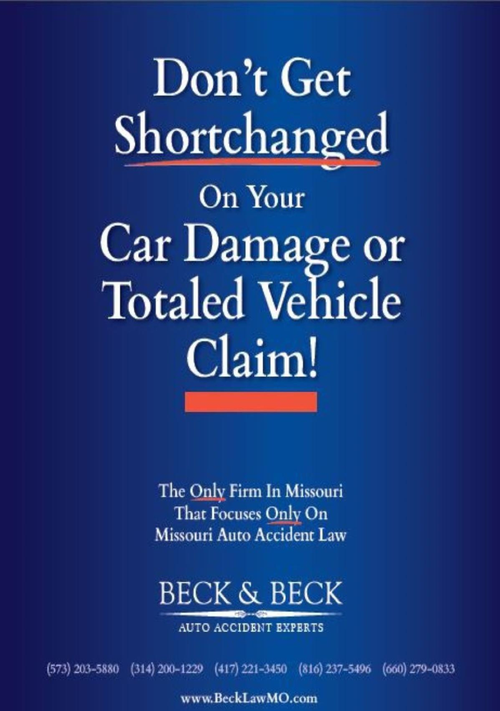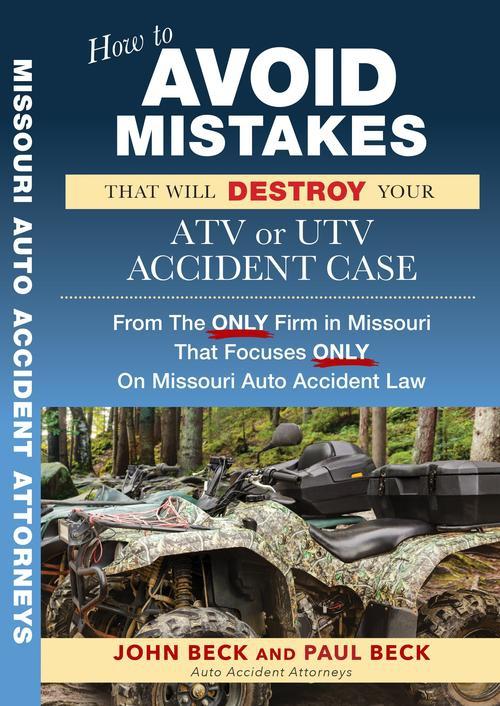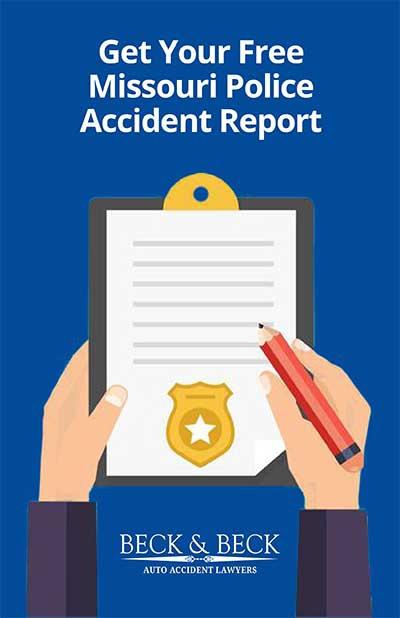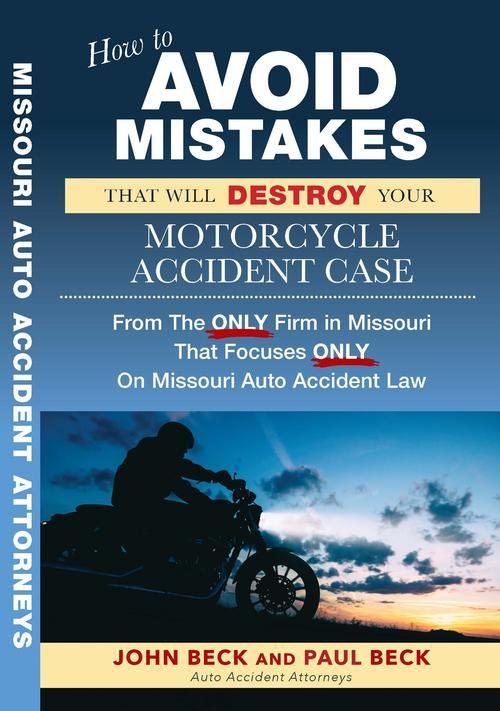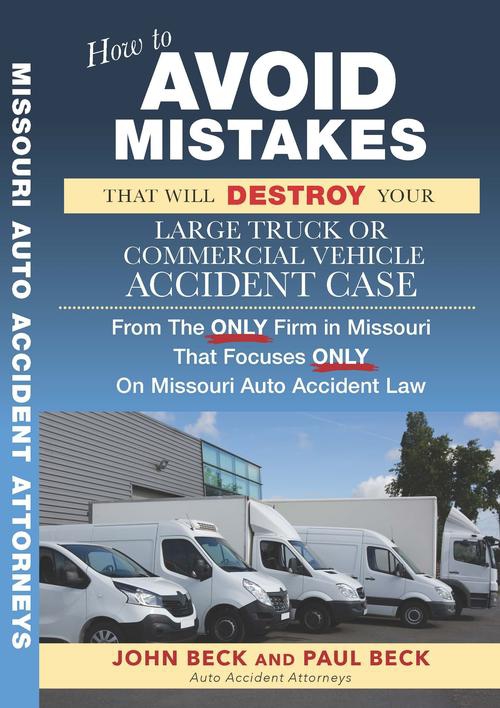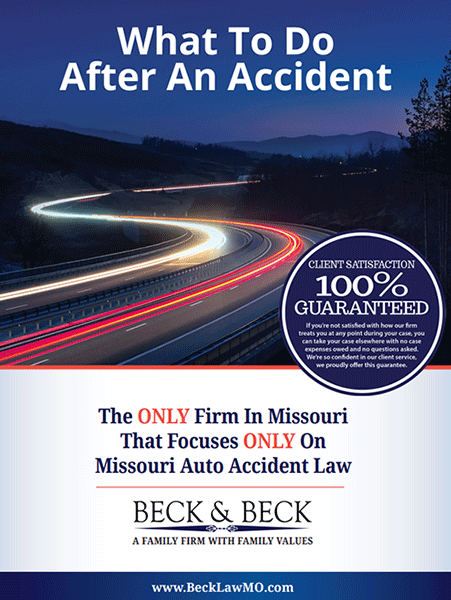Car accidents caused by drivers who fail to use turn signals are a serious problem on Missouri roads, often resulting in preventable crashes that leave victims with injuries, property damage, and mounting expenses.
These accidents occur when drivers change lanes, turn, or merge without signaling their intentions, removing the warning other drivers need to react safely and avoid collisions.
Missouri law requires all drivers to signal before making any turning or lane-changing movement, and violating this requirement can make the non-signaling driver liable for damages in an accident.
Is Not Using A Turn Signal Illegal In Missouri?
Failing to use your turn signal is illegal in Missouri. Missouri Revised Statutes Section 304.019 makes it clear that every driver must give an appropriate signal before turning or changing lanes.
The law requires you to signal continuously for at least 100 feet before turning in city traffic. On highways, you must signal for at least 300 feet before your movement. This gives other drivers enough time to see your signal and adjust their driving.
Breaking this law is a class C misdemeanor. You can face fines, points on your license, and a traffic ticket. More importantly, if your failure to signal causes an accident, that violation becomes strong evidence that you were negligent and should pay for the damages you caused.
What Accidents Happen When Drivers Do Not Signal?
When you don’t signal, you make your driving unpredictable and dangerous. This creates several types of serious crashes that could have been easily prevented.
T-bone collisions happen when you make an unsignaled left turn in front of oncoming traffic, one of the most serious types of intersection accidents in Missouri. The other driver has no warning and crashes into the side of your car at full speed.
Sideswipe accidents occur when you change lanes without signaling, a common type of improper lane change accidents that happens when drivers fail to check blind spots or give warning. You drift into another car’s space, and they have no chance to move out of your way.
Rear-end accidents result when you suddenly slow down to turn without signaling first. The driver behind you expects you to keep going and rear-ends your car when you stop unexpectedly.
Multi-vehicle pileups can start with one unsignaled lane change on a busy highway. When you move without warning, it forces other drivers to make sudden moves that can trigger a chain reaction involving several cars.
Pedestrian and bicycle accidents happen because walkers and cyclists watch for your signals to know when it’s safe to cross streets or intersections.
These crashes are most common in high-risk areas where traffic moves quickly and drivers need maximum warning. Busy intersections, highway on-ramps, multi-lane roads, parking lot exits, and school zones see the highest numbers of failure to signal accidents.
Who Is At Fault When A Driver Fails To Signal?
Determining fault requires a thorough investigation of exactly what happened. While the driver who made the unsignaled movement usually bears most responsibility, other factors like speed, following distance, and road conditions can also play a role.
Missouri uses a pure comparative fault system to determine final responsibility, meaning shared fault is divided between all parties involved. This means even if you share some blame for the crash, you can still recover compensation for your injuries. Your final settlement is simply reduced by your percentage of fault.
Here’s how it works in practice. If you were found 15% fault and 85% recovery for following too closely when another driver made an unsignaled left turn, you could still recover 85% of your total damages.
The other driver would still be responsible for the majority of your losses because their failure to signal was the main cause of the crash.
How Do You Prove The Other Driver Did Not Signal?
Proving another driver failed to signal is often the most challenging part of your accident claim. After a crash, it frequently becomes your word against theirs, and the other driver will usually deny they did anything wrong.
Insurance companies make this even harder by arguing that you should have seen the other car turning regardless of whether they signaled, essentially trying to get you blamed for a car accident that wasn’t your fault. They’ll say a careful driver would have anticipated the movement and avoided the crash.
Our experienced auto accident lawyers in St. Louis know how to fight these tactics. Our approach focuses on gathering concrete, objective evidence that shows what really happened before the insurance company can twist the facts.
What Evidence Helps Prove No Signal?
Building a strong case requires multiple types of evidence that work together to prove the other driver’s negligence.
- Police reports and citations: If the officer ticketed the other driver for failure to signal, that’s powerful proof they violated the law
- Video footage: Traffic cameras, business surveillance, or dash cam recordings can show definitively whether the other driver signaled
- Witness statements: Independent witnesses who saw the crash can confirm the other driver gave no warning
- 911 call recordings: These often contain real-time descriptions of what happened while memories are still fresh
- Vehicle data recorders: Many newer cars have “black boxes” that log whether turn signals were activated before impact
- Physical evidence: Skid marks, debris patterns, and vehicle damage can show whether a movement was sudden and unexpected
- Expert analysis: Accident reconstruction specialists can determine if the crash pattern matches an unsignaled maneuver
Time is critical when gathering this evidence. Surveillance video gets recorded over within days, and witness memories fade quickly. The sooner we can investigate your crash, the stronger your case will be.
What Should You Do After A Failure To Signal Crash?
The minutes after an accident are chaotic and stressful, but taking the right steps can protect both your health and your legal rights.
Check for injuries and call 911 immediately. Your safety comes first, and you need police and medical help at the scene. Even if you feel fine, some serious injuries don’t show symptoms right away.
Document everything you can see. Take photos of where the cars ended up, all vehicle damage, skid marks, and the intersection or road layout. Get pictures of traffic signs, signals, and anything that might have blocked someone’s view.
Talk to witnesses before they leave, as their witness testimony can be crucial evidence in your case. If anyone saw what happened, get their name and phone number. Ask them to briefly describe what they observed and whether they saw the other driver signal.
Note your exact location and surroundings. Record street names, nearby businesses, and what the traffic control devices looked like. This information helps investigators understand the scene later.
Don’t give recorded statements to insurance companies. Politely tell the other driver’s insurer that you need to speak with an attorney before providing any detailed account of the accident.
Get medical attention even if you feel okay. Injuries like whiplash, concussions, and soft tissue damage often don’t cause pain for hours or even days after the crash.
Contact Beck & Beck Missouri Car Accident Lawyers as soon as possible. We can send investigators to preserve crucial evidence like video footage before it disappears forever. The sooner we get involved, the stronger your case will be.
Injured By A Driver Who Failed To Signal? Contact Beck & Beck Missouri Car Accident Lawyers
When another driver’s failure to signal turns your life upside down, you need attorneys who understand exactly what you’re going through. At Beck & Beck Missouri Car Accident Lawyers, we’ve spent over 35 years helping people just like you fight for the justice and compensation they deserve.
Don’t let an insurance company take advantage of you when you’re already dealing with so much. Contact us online to start your free case review today.
Related Articles
What to do immediately after a car accident in Missouri
How a car accident attorney in St. Louis assists with your claim

